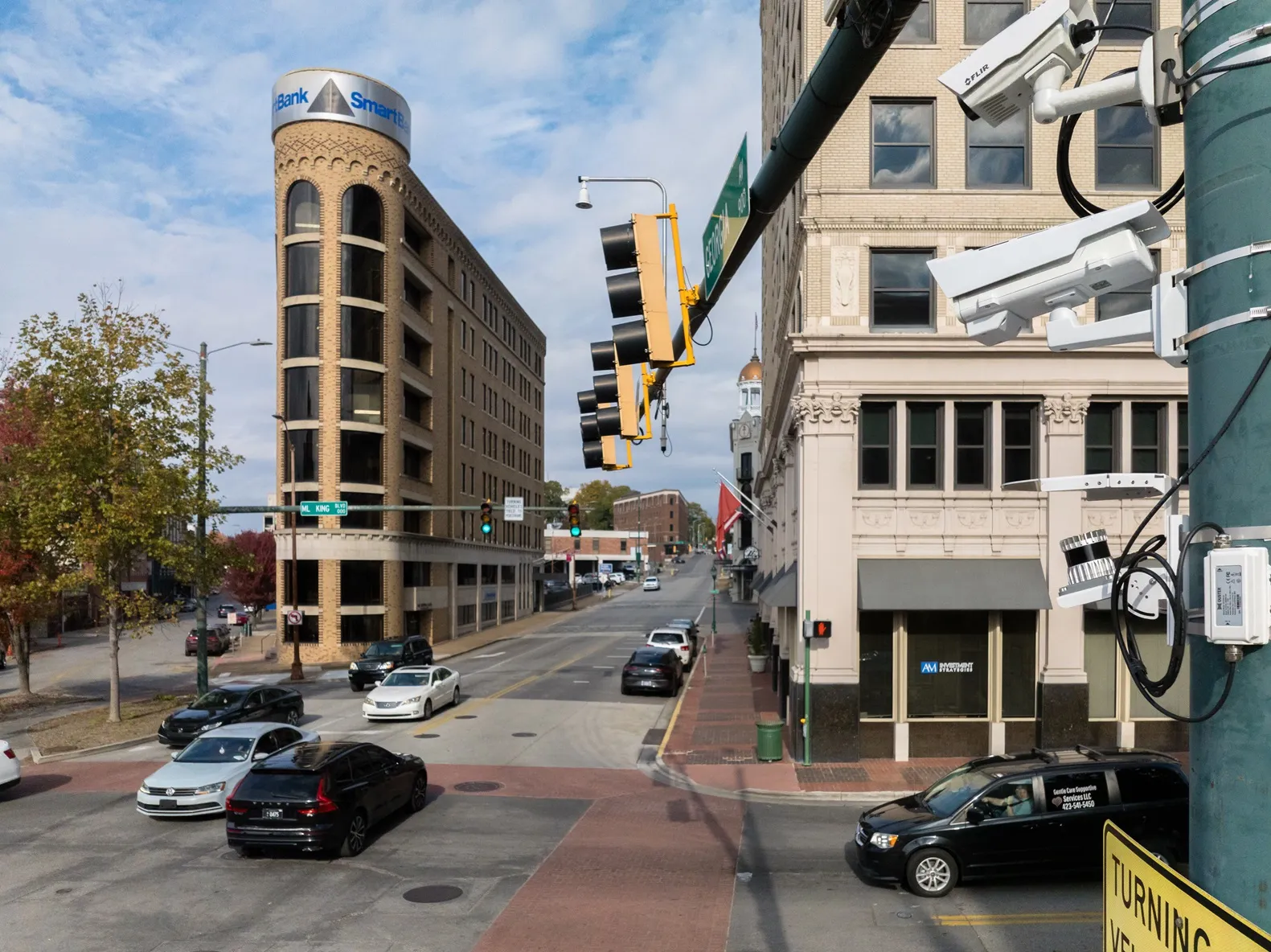The My Figueroa Corridor Streetscape Project (MyFig) was unveiled by the Los Angeles Department of Transportation (LADoT). It covers four miles of streets stretching from the downtown area to the south part of the city.
McCain says its 351 ATC cabinets has doubled the corridor’s output channels to 32, which will allow the city to add more signal options to better manage pedestrians, bicycles and vehicles. Los Angeles can also add more detection options to capture information about the movement and location of road users in and around the intersections.
Also, the heavy-lifting 351 ATC cabinet was used to unlock pedestrian and bicycle signalisation on ten intersections.
According to McCain, the cabinets also provide increased safety enhancements for installers and future-proof technology to utilise connected and autonomous vehicles in the future.
MyFig features improved transit and pedestrian access, upgraded signals and signage, protected bicycle lanes and high-visibility crosswalks.
In a separate initiative, the LADoT is using McCain’s 357 ATC cabinets to accommodate pedestrian traffic at around 30 mid-block crosswalks downtown.
McCain’s ATC cabinets used in Los Angeles corridor project
McCain has supplied 10 Advanced Transportation Controller (ATC) cabinets for a newly opened corridor in Los Angeles which is expected to be safe for all users.
The My Figueroa Corridor Streetscape Project (MyFig) was unveiled by the Los Angeles Department of Transportation (LADoT). It covers four miles of streets stretching from the downtown area to the south part of the city.
McCain says its 351 ATC cabinets has doubled the corridor’s output channels to 32, which will allow the city to add more sign
September 28, 2018
Read time: 2 mins
Related Content












